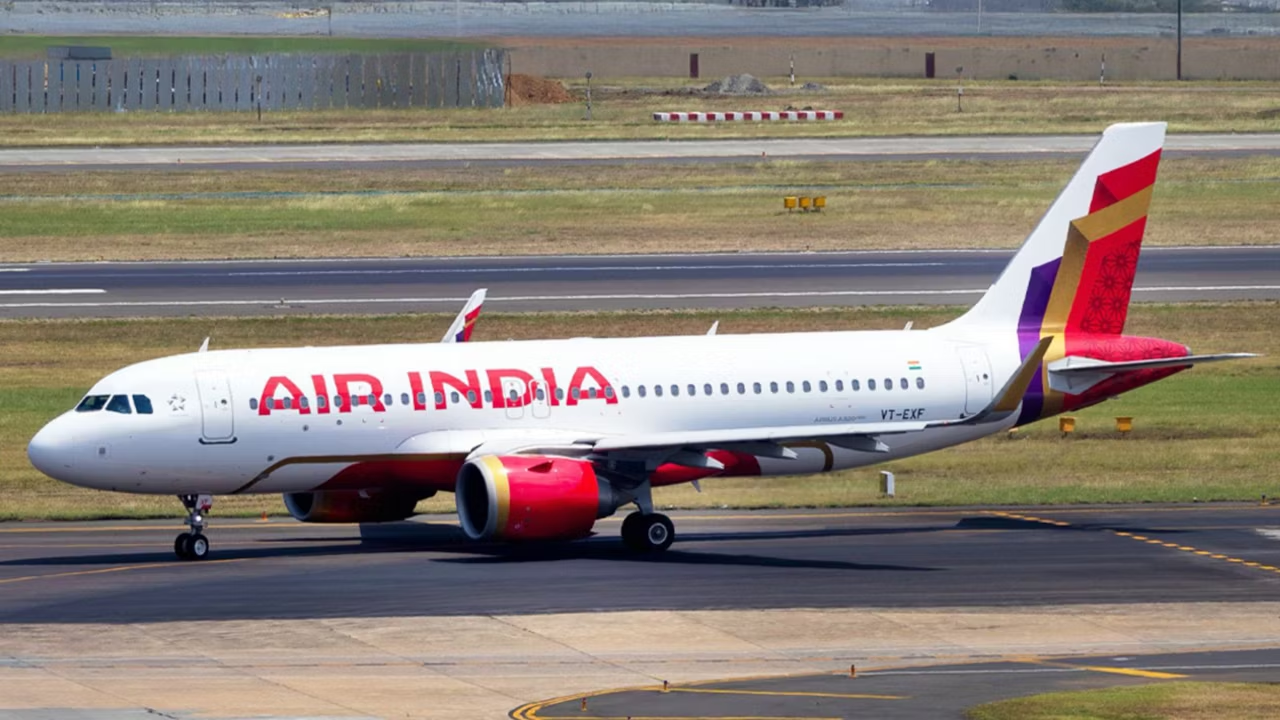In a preliminary report that sent shockwaves across the aviation industry, investigators revealed that the Air India crash was triggered by a sudden and unexplained fuel cutoff to the aircraft’s engines. The London-bound Boeing 787-8 Dreamliner crashed less than a minute after takeoff from Ahmedabad, claiming 260 lives.
Fuel Control Switches Moved to Cutoff Mid-Air
According to data from the flight recorder, both engine fuel control switches moved from the ‘run’ to the ‘cutoff’ position within a second. This action is standard only during landing or emergencies, not takeoff. This unexpected switch-off led to both engines losing thrust, which directly caused the aircraft’s rapid deceleration and descent.
Cockpit Confusion Captured on Voice Recordings
The cockpit voice recordings added a disturbing twist. One pilot asked, “Why did you cut off?” to which the other replied, “I did not do so.” The Air India crash report does not confirm which pilot spoke those words. However, this exchange confirms that there was confusion and possible system malfunction in the cockpit.
Automatic Restart Attempt Failed to Save Aircraft
After the switches returned to their normal inflight position, one engine began the relighting sequence and regained thrust. Unfortunately, it was too late to reverse the aircraft’s declining speed. A mayday call was issued moments before the jet crashed into a building, which housed doctors’ accommodation. The explosion that followed sealed the fate of nearly all aboard.
No Bird Activity, No Fatigue, No Technical Faults Found
The investigation ruled out bird activity and pilot fatigue. Both pilots had sufficient rest prior to the flight. Moreover, no prior defect was reported in the aircraft’s fuel control system. The aircraft involved—Air India’s VT-ANB-had the same fuel switch design identified in a 2019 FAA bulletin for potential malfunction, though no mandatory directive was issued at the time.
Safety Measures and FAA Advisory Come Under Scrutiny
While the FAA had issued a Special Airworthiness Bulletin about similar switches, Air India did not act on it. The advisory lacked enforcement, and hence, no mandatory inspection was conducted. This raises serious concerns over aircraft safety protocols and their implementation.
Aviation Safety in India Faces Renewed Scrutiny
India’s civil aviation regulator insists that the country’s accident rate remains below the global average, except for two major incidents in the last 14 years. Despite this, the Air India crash casts a long shadow over ongoing safety audits and pilot training processes. The tragedy puts a spotlight on training, maintenance, and emergency handling standards.Business Impact and Airline’s Response
Air India, currently undergoing a business turnaround under Tata Group, has reduced international operations due to the crash’s aftermath. The airline confirmed cooperation with authorities and refrained from commenting on the incident due to the ongoing nature of the investigation.
Black Boxes Offer Critical Flight Data
The aircraft’s black boxes, including Enhanced Airborne Flight Recorders (EAFRs), were successfully retrieved. These devices provide vital flight and audio data, which continue to help reconstruct the aircraft’s final seconds and identify what went wrong in the Air India crash.
Awaiting the Final Verdict
While no conclusive cause has been stated, the focus remains on the cockpit fuel control error and possible design oversight. The final report, expected within 12 months, will likely provide deeper insights and determine if this tragedy could have been prevented.
For more updates, visit https://a2zbookmark.com/




